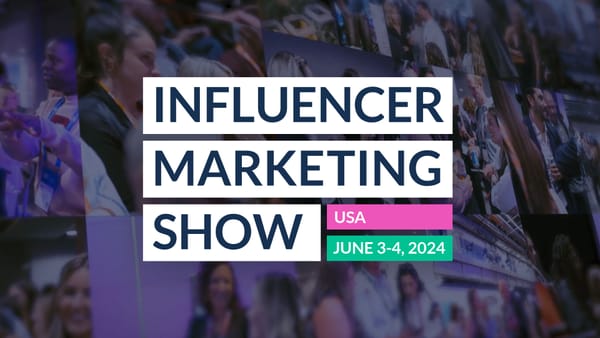Virtual Influencers: What You Need to Know

This year saw the beginnings of an evolution in the marketing industry. Despite speculation of an inevitable plateauing of influencer market, demand continues to grow. A report carried out by the World Federation of Advertisers found that 65% of marketers said they were looking to increase their use of influencers within the next 12 months. This is despite sponsored content posts holding a hefty price tag; David Beckham reportedly earns upwards of £228,000 per sponsored post and Kylie Jenner, £768,200.








